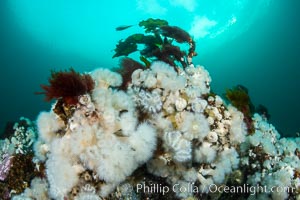
White metridium anemones fed by strong ocean currents, cover a cold water reef teeming with invertebrate life. Browning Pass, Vancouver Island.
Species: Plumose anemone, Metridium senile
Location: British Columbia, Canada
Image ID: 35347
Species: Plumose anemone, Metridium senile
Location: British Columbia, Canada
Image ID: 35347
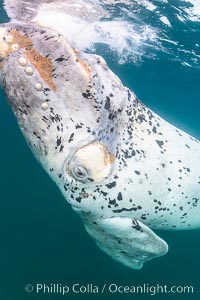
White southern right whale calf underwater, Eubalaena australis, Argentina.
Species: Southern right whale, Eubalaena australis
Location: Puerto Piramides, Chubut, Argentina
Image ID: 35952
Species: Southern right whale, Eubalaena australis
Location: Puerto Piramides, Chubut, Argentina
Image ID: 35952
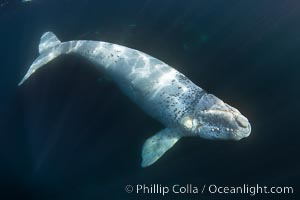
White southern right whale calf underwater, Eubalaena australis. About five per cent of southern right whales are born white due to a condition known as grey morphism and will gradually turn dark as they age. They are not albino (which is a complete lack of pigmentation). Sometimes referred to as "brindled", the white coloration is a recessive genetic trait and only lasts a few months. Typically, but not always, white calves will become much darker as they mature but will still be somewhat lighter than normal even as adults.
Species: Southern Right Whale, Eubalaena australis
Location: Puerto Piramides, Chubut, Argentina
Image ID: 38276
Species: Southern Right Whale, Eubalaena australis
Location: Puerto Piramides, Chubut, Argentina
Image ID: 38276
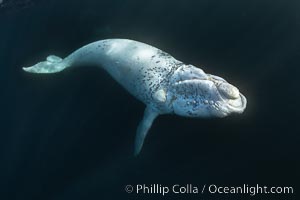
White southern right whale calf underwater, Eubalaena australis. About five per cent of southern right whales are born white due to a condition known as grey morphism and will gradually turn dark as they age. They are not albino (which is a complete lack of pigmentation). Sometimes referred to as "brindled", the white coloration is a recessive genetic trait and only lasts a few months. Typically, but not always, white calves will become much darker as they mature but will still be somewhat lighter than normal even as adults.
Species: Southern Right Whale, Eubalaena australis
Location: Puerto Piramides, Chubut, Argentina
Image ID: 38277
Species: Southern Right Whale, Eubalaena australis
Location: Puerto Piramides, Chubut, Argentina
Image ID: 38277
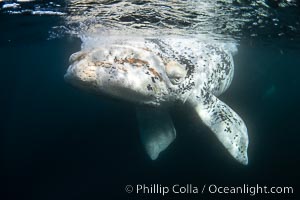
White southern right whale calf underwater, Eubalaena australis. About five per cent of southern right whales are born white due to a condition known as grey morphism and will gradually turn dark as they age. They are not albino (which is a complete lack of pigmentation). Sometimes referred to as "brindled", the white coloration is a recessive genetic trait and only lasts a few months. Typically, but not always, white calves will become much darker as they mature but will still be somewhat lighter than normal even as adults.
Species: Southern Right Whale, Eubalaena australis
Location: Puerto Piramides, Chubut, Argentina
Image ID: 38278
Species: Southern Right Whale, Eubalaena australis
Location: Puerto Piramides, Chubut, Argentina
Image ID: 38278
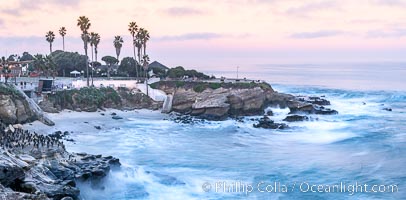
La Jolla Cove and Point La Jolla at Dawn, waves blur into abstract white, pre-sunrise soft light.
Location: La Jolla, California
Image ID: 38916
Panorama dimensions: 5384 x 10917
Location: La Jolla, California
Image ID: 38916
Panorama dimensions: 5384 x 10917
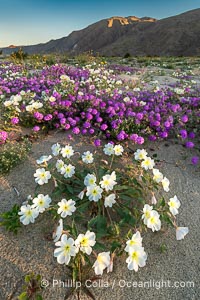
Spring Wildflowers Bloom in an Colorful Bouquet in Anza Borrego Desert State Park. Dune evening primrose (white) is mixed with sand verbena (purple) near Henderson Canyon Road, Spring 2024. Sunrise light barely illuminating the flowers.
Species: Dune evening primrose, Sand verbena, Oenothera deltoides, Abronia villosa
Location: Anza-Borrego Desert State Park, Borrego Springs, California
Image ID: 40271
Species: Dune evening primrose, Sand verbena, Oenothera deltoides, Abronia villosa
Location: Anza-Borrego Desert State Park, Borrego Springs, California
Image ID: 40271
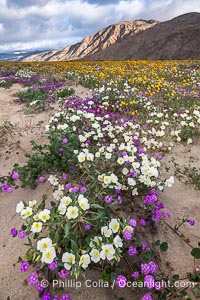
Spring Wildflowers Bloom in an Colorful Bouquet in Anza Borrego Desert State Park. Dune evening primrose (white) is mixed with sand verbena (purple) and desert sunflower (yellow) near Henderson Canyon Road, Spring 2024.
Species: Dune evening primrose, Desert Sunflower, Oenothera deltoides, Geraea canescens
Location: Anza-Borrego Desert State Park, Borrego Springs, California
Image ID: 40294
Species: Dune evening primrose, Desert Sunflower, Oenothera deltoides, Geraea canescens
Location: Anza-Borrego Desert State Park, Borrego Springs, California
Image ID: 40294
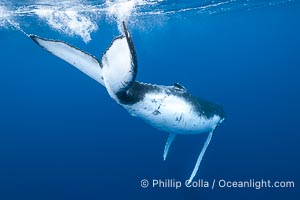
South Pacific Humpback Whale Underwater, showing all-white underside of the fluke and ventral caudal stem, Moorea, French Polynesia.
Species: Humpback whale, Megaptera novaeangliae
Location: Moorea, French Polynesia, France
Image ID: 40647
Species: Humpback whale, Megaptera novaeangliae
Location: Moorea, French Polynesia, France
Image ID: 40647
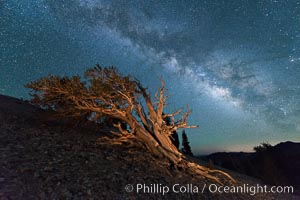
Milky Way over Ancient Bristlecone Pine Trees, Inyo National Forest.
Species: Bristlecone pine, Pinus longaeva
Location: Ancient Bristlecone Pine Forest, White Mountains, Inyo National Forest, California
Image ID: 29319
Species: Bristlecone pine, Pinus longaeva
Location: Ancient Bristlecone Pine Forest, White Mountains, Inyo National Forest, California
Image ID: 29319
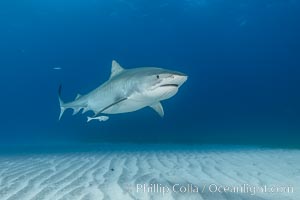
Panorama of large Tiger shark over white sand.
Species: Tiger shark, Galeocerdo cuvier
Location: Bahamas
Image ID: 31905
Species: Tiger shark, Galeocerdo cuvier
Location: Bahamas
Image ID: 31905
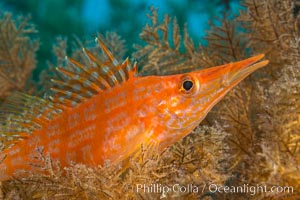
Longnose hawkfish on black coral, underwater, Sea of Cortez, Baja California.
Species: Black coral, Longnose hawkfish, Antipatharia, Oxycirrhites typus
Location: Baja California, Mexico
Image ID: 33616
Species: Black coral, Longnose hawkfish, Antipatharia, Oxycirrhites typus
Location: Baja California, Mexico
Image ID: 33616
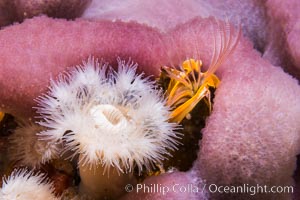
White plumose anemones Metridium senile with purple sponge and barnacle, Vancouver Island.
Location: British Columbia, Canada
Image ID: 34341
Location: British Columbia, Canada
Image ID: 34341
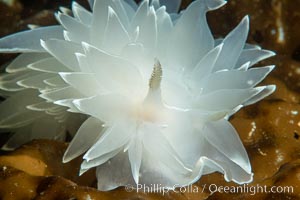
Alabaster Nudibranch, white-lined dirona, Dirona albolineata, Vancouver Island.
Species: Alabaster nudibranch, White-lined dirona, Dirona albolineata
Location: British Columbia, Canada
Image ID: 35317
Species: Alabaster nudibranch, White-lined dirona, Dirona albolineata
Location: British Columbia, Canada
Image ID: 35317
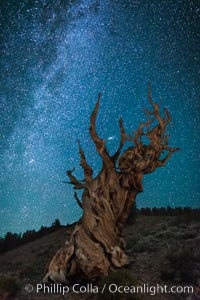
Milky Way over Ancient Bristlecone Pine Trees, Inyo National Forest.
Species: Bristlecone pine, Pinus longaeva
Location: Ancient Bristlecone Pine Forest, White Mountains, Inyo National Forest, California
Image ID: 29325
Species: Bristlecone pine, Pinus longaeva
Location: Ancient Bristlecone Pine Forest, White Mountains, Inyo National Forest, California
Image ID: 29325
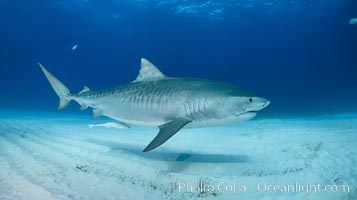
Panorama of a large Tiger shark swimming over white sand.
Species: Tiger shark, Galeocerdo cuvier
Location: Bahamas
Image ID: 31887
Species: Tiger shark, Galeocerdo cuvier
Location: Bahamas
Image ID: 31887
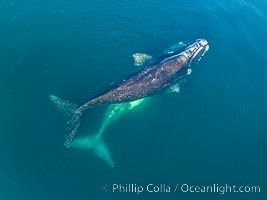
Courting group of southern right whales, aerial photo. Mating may occur as a result of this courting and social behavior. The white whale seen here is a serious player named El Copulador (the copulator) and is often seen in mating and courting groups of southern right whales at Peninsula Valdes. His light coloration is an indication that he was a white calf, but he did not darken as he aged in the way most white southern right whale calves do.
Species: Southern Right Whale, Eubalaena australis
Location: Puerto Piramides, Chubut, Argentina
Image ID: 38355
Species: Southern Right Whale, Eubalaena australis
Location: Puerto Piramides, Chubut, Argentina
Image ID: 38355
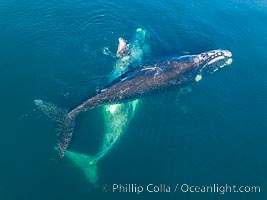
Courting group of southern right whales, aerial photo. Mating may occur as a result of this courting and social behavior. The white whale seen here is a serious player named El Copulador (the copulator) and is often seen in mating and courting groups of southern right whales at Peninsula Valdes. His light coloration is an indication that he was a white calf, but he did not darken as he aged in the way most white southern right whale calves do.
Species: Southern Right Whale, Eubalaena australis
Location: Puerto Piramides, Chubut, Argentina
Image ID: 38356
Species: Southern Right Whale, Eubalaena australis
Location: Puerto Piramides, Chubut, Argentina
Image ID: 38356
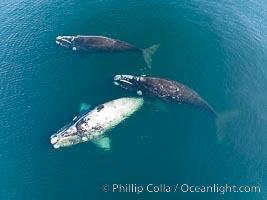
Courting group of southern right whales, aerial photo. Mating may occur as a result of this courting and social behavior. The white whale seen here is a serious player named El Copulador (the copulator) and is often seen in mating and courting groups of southern right whales at Peninsula Valdes. His light coloration is an indication that he was a white calf, but he did not darken as he aged in the way most white southern right whale calves do.
Species: Southern Right Whale, Eubalaena australis
Location: Puerto Piramides, Chubut, Argentina
Image ID: 38359
Species: Southern Right Whale, Eubalaena australis
Location: Puerto Piramides, Chubut, Argentina
Image ID: 38359
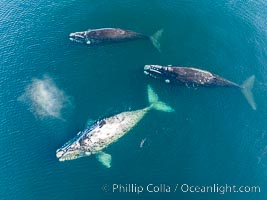
Courting group of southern right whales, aerial photo. Mating may occur as a result of this courting and social behavior. The white whale seen here is a serious player named El Copulador (the copulator) and is often seen in mating and courting groups of southern right whales at Peninsula Valdes. His light coloration is an indication that he was a white calf, but he did not darken as he aged in the way most white southern right whale calves do.
Species: Southern Right Whale, Eubalaena australis
Location: Puerto Piramides, Chubut, Argentina
Image ID: 38360
Species: Southern Right Whale, Eubalaena australis
Location: Puerto Piramides, Chubut, Argentina
Image ID: 38360
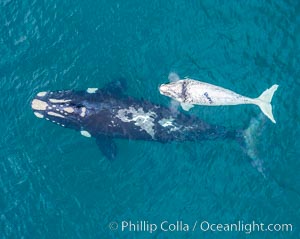
Aerial view of mother and white calf, Southern right whale, Argentina.
Species: Southern right whale, Eubalaena australis
Location: Puerto Piramides, Chubut, Argentina
Image ID: 35912
Species: Southern right whale, Eubalaena australis
Location: Puerto Piramides, Chubut, Argentina
Image ID: 35912
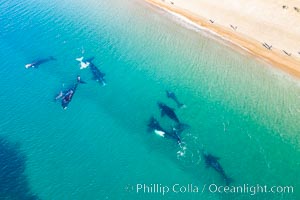
Ten southern right whales very close to shore, including four calves and a rare white calf, people watching from the beach, Playa El Doradillo, aerial photo, Patagonia, Argentina.
Species: Southern Right Whale, Eubalaena australis
Location: Puerto Piramides, Chubut, Argentina
Image ID: 35945
Species: Southern Right Whale, Eubalaena australis
Location: Puerto Piramides, Chubut, Argentina
Image ID: 35945
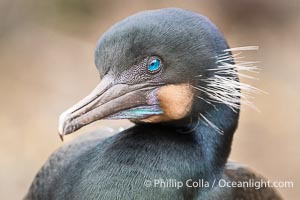
Brandt's Cormorant Portrait with Breeding Plumage, with blue throat and white feathers on each side of the head.
Species: Brandt's Cormorant, Phalacrocorax penicillatus
Location: La Jolla, California
Image ID: 40004
Species: Brandt's Cormorant, Phalacrocorax penicillatus
Location: La Jolla, California
Image ID: 40004
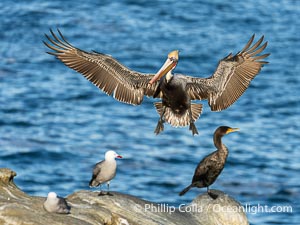
California brown pelican in flight, spreading wings wide to slow in anticipation of landing on seacliffs. Note the classic winter breeding plumage, with bright red throat, yellow and white head and neck, and brown hind neck. Other birds at the periphery of the image hint at how crowded the cliff is.
Species: Brown Pelican, Pelecanus occidentalis, Pelecanus occidentalis californicus
Location: La Jolla, California
Image ID: 40069
Species: Brown Pelican, Pelecanus occidentalis, Pelecanus occidentalis californicus
Location: La Jolla, California
Image ID: 40069
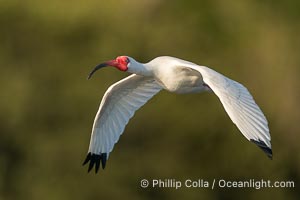
White Ibis in flight, Eudocimus albus, Alafia Banks, Florida.
Species: White Ibis, Eudocimus albus
Location: Alafia Banks Critical Wildlife Area, Tampa, Florida
Image ID: 40546
Species: White Ibis, Eudocimus albus
Location: Alafia Banks Critical Wildlife Area, Tampa, Florida
Image ID: 40546
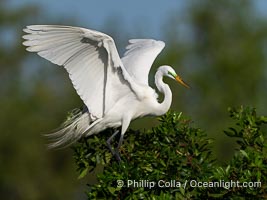
Great egret, White Egret, Ardea alba, Florida.
Species: Great egret, Ardea alba
Location: Venice Rookery, Florida
Image ID: 40601
Species: Great egret, Ardea alba
Location: Venice Rookery, Florida
Image ID: 40601
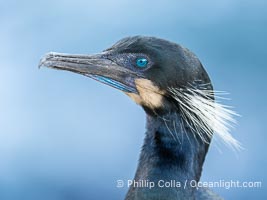
Brandt's Cormorant Portrait with Breeding Plumage, with blue throat and white feathers on each side of the head.
Location: La Jolla, California
Image ID: 40816
Location: La Jolla, California
Image ID: 40816
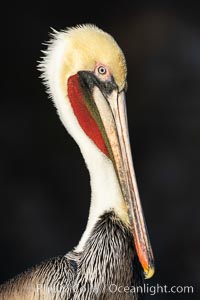
California Brown Pelican Portrait, note the distinctive winter breeding plumage, this one exhibits the white hind neck, La Jolla, California.
Species: Brown Pelican, Pelecanus occidentalis, Pelecanus occidentalis californicus
Image ID: 37428
Species: Brown Pelican, Pelecanus occidentalis, Pelecanus occidentalis californicus
Image ID: 37428
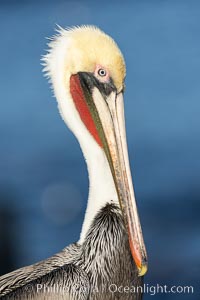
California Brown Pelican Portrait, note the distinctive winter breeding plumage, this one exhibits the white hind neck, La Jolla, California.
Species: Brown Pelican, Pelecanus occidentalis, Pelecanus occidentalis californicus
Image ID: 37429
Species: Brown Pelican, Pelecanus occidentalis, Pelecanus occidentalis californicus
Image ID: 37429
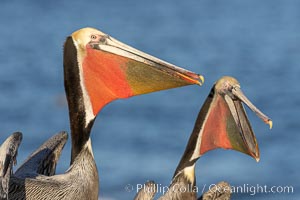
Brown pelicans jousting, with bright red throat, yellow and white head and brown hind neck, winter plumage.
Species: Brown Pelican, Pelecanus occidentalis, Pelecanus occidentalis californicus
Location: La Jolla, California
Image ID: 37606
Species: Brown Pelican, Pelecanus occidentalis, Pelecanus occidentalis californicus
Location: La Jolla, California
Image ID: 37606